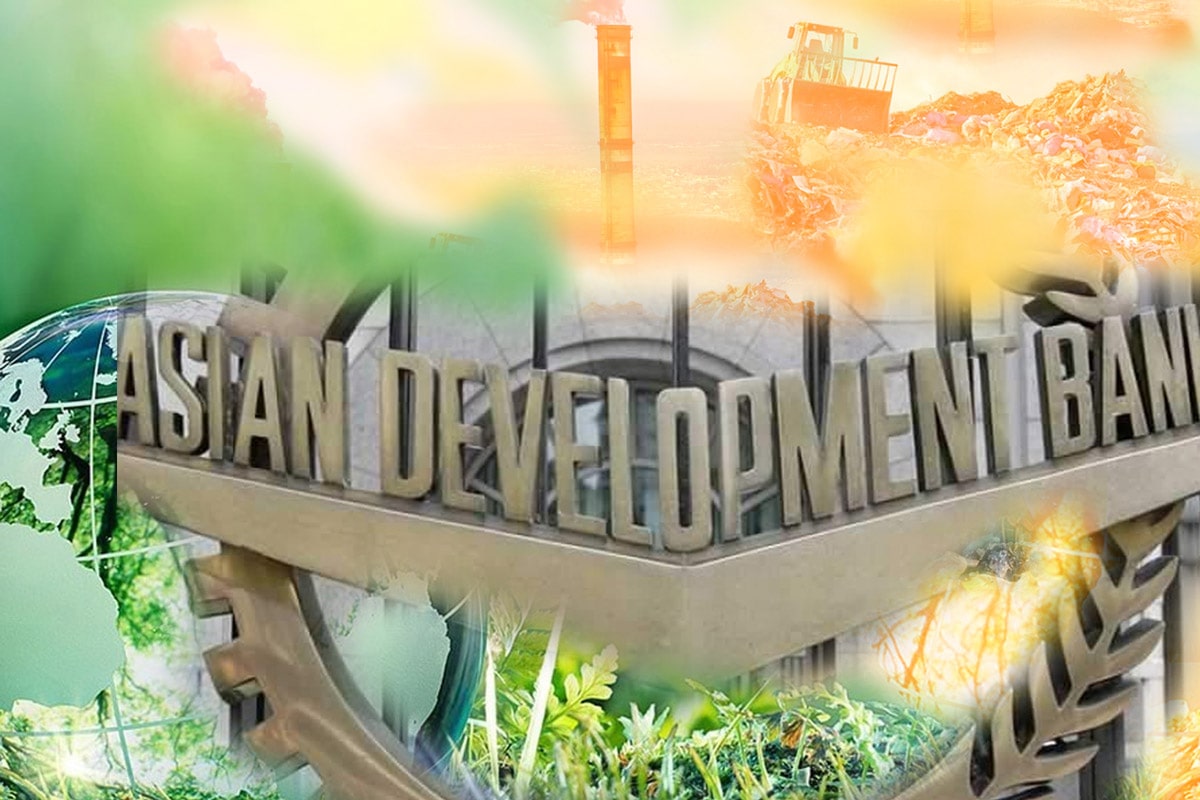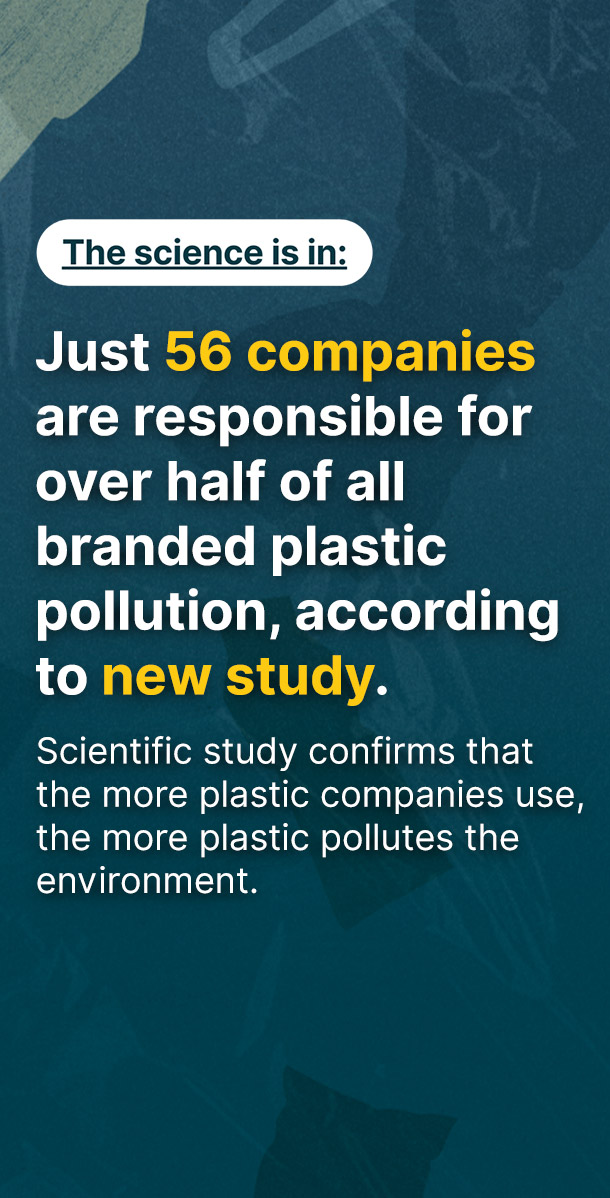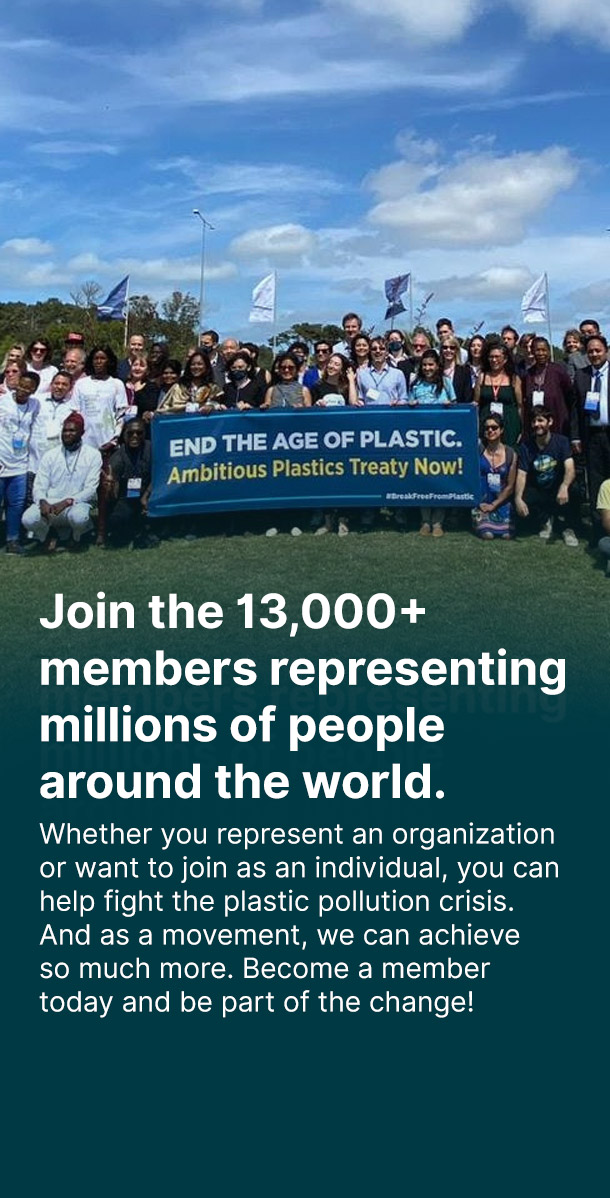In its statement, NBP urges ADB to refrain from investing in incinerators as energy development and waste management strategies that systematically fail to take a “do no harm”, “precautionary” approach, prioritize “climate-resilience” investment, or meet other basic principles outlined in ADB’s own social and environmental safeguard standards.
The ADB recently released its sector-wide report on Energy Policy and Program from 2009 to 2019 based on the evaluation conducted by the Independent Evaluation Department (IED). The groups call on ADB to reconsider recommendations from the IED, particularly those that include waste-to-energy incineration as part of the circular economy and that of the renewable energy mix.
“Waste-to-energy incineration should not be associated with climate solutions or efforts toward a circular economy because this “end-of-pipe” approach produces hazardous residue streams, blocks the implementation of Zero Waste strategies (e.g. product redesign, sorting at source, composting), imposes long-term financial burdens on local governments, and perpetuates the linear economic model of extraction, production, consumption, and disposal,” says Glenn Ymata of No Burn Pilipinas.
WTE Incineration has No Place in the Circular Economy
In the European Union (EU)'s latest Taxonomy Report, waste-to-energy incineration has been excluded from the list of economic activities that are considered as “sustainable finance.” This list of sustainable finance activities refer to those that can contribute to climate change mitigation without significantly impacting environmental objectives such as transition to a circular economy, waste prevention and recycling.
One principle of a circular economy model is designing waste out of local and national systems. By continuing to fund waste-to-energy projects, ADB is preventing developing member-countries from transitioning to an authentic circular economy, which they claim to promote in the region. Projects involving the burning of waste are reinforcing dependencies on finite resources, and upholding unsustainable consumption because of its reliance on generated waste for its operations.
WTE Incineration is not a Climate Solution
Incinerators emit significant quantities of direct greenhouse gases, and are large sources of indirect greenhouse gases. The US Environmental Protection Agency (EPA) states that incinerators emit more carbon dioxide per megawatt-hour than coal-fired, natural-gas-fired or oil-fired power plants.
Zero Waste Europe cites the high levels of carbon intensity produced in waste-to-energy incineration, which is 296 g CO2eq per kWh. This means that the carbon intensity of energy produced through waste incineration (580g CO2eq/kWh) is already about two-times greater than the current EU average electricity grid carbon intensity. Carbon intensity refers to the amount of CO2 emissions equivalent per unit of electricity generated or per unit of output. Under electricity generation, the EU Taxonomy requires activities to produce less than 100g CO2/kWh. A 2015 Eunomia study found that “[t]he management of waste as residual waste makes a net contribution to the climate change balance” and that “[t]here is not that much difference between the landfill and incineration scenarios.”
WTE incineration is No Better Than Coal
WTE incinerators are also fossil-fuel based because plastic waste, which comprise a significant fraction of municipal discards, are largely used as feedstock.
According to the Intergovernmental Panel on Climate Change (IPCC) of the United Nations Framework Convention on Climate Change (UNFCCC) guidelines, when the CO2 emitted is of fossil origin, it is counted as a net anthropogenic emission of CO2 to the atmosphere. Thus, the emission from waste-to-energy incineration is no different from that of coal-fired power plants. It is actually worse.
The incineration of 1 metric ton (Mt) of municipal waste in municipal-level incinerators is associated with the production/release of about 0.7 to 1.2 Mt of CO2. The Center for International Environmental Law (CIEL) estimates that about 2.9 Mt of CO2 is released into the atmosphere when 1 Mt of plastic packaging is incinerated.
WTE incinerators also exceed coal power plants in terms of toxic and poisonous fumes produced. Burning trash in incinerators releases various types of emissions including lead, mercury, dioxins and furans, particulate matter, carbon monoxide, nitrogen oxides, acidic gases (i.e., SOx, HCl), metals (cadmium, lead, mercury, chromium, arsenic, and beryllium), polychlorinated biphenyls (PCBs), and brominated polyaromatic hydrocarbons (PAHS). Direct exposure to such toxins risks the health of facility workers and residents in nearby communities while indirect exposure, through the food chain, poses global risks.
WTE displaces people, jobs and livelihoods
Like any other power plant projects, waste-to-energy incineration plants have the tendency to displace people from their communities where the facility will be constructed. Further, as WTEs assume the role of waste management, tens of thousands of households relying on waste picking and recycling will lose their jobs and livelihoods. On average, informal workers account for approximately 0.6% of the population. This translates to around 648,000 Filipinos that depend their livelihood on the waste management sector based on the latest estimate of the country’s population of 108 million. Incinerators burn and destroy finite resources that ought to be recycled and brought back to a productive economy.
In developing countries like the Philippines, other informal waste workers depend on materials recovery and recycling for their livelihood or income, and in doing so provide unrecognized services for reduction and recycling. Investing in community-centered recycling and reduction efforts will improve the quality of the livelihoods of these workers. In contrast, incinerators destroy livelihoods by extinguishing recyclable and recoverable materials. Finally, allowing waste incineration will not help in the implementation of the National Framework Plan for the Informal Sector in Solid Waste Management approved through NSWMC Resolution No. 47 which says that the Informal Waste Sector (IWS) such as waste pickers should be mainstreamed in solid waste management.
Recommendations to ADB
The groups advised the Asian Development Bank to: 1) revise its Energy Policy to eliminate WTE incinerators from the list of renewable energy options to be financed and recommended; and 2) explicitly promote Zero Waste solutions for waste management concerns in borrowing member countries as well as energy solutions that do not rely on the incineration of waste.
# # #
For more information, please contact:
Glenn Ymata, No Burn Pilipinas Campaigner, +63 9178377625
Geri Matthew Carretero, BFFP PH Communications Officer, +63 9176216901
____________________________________________________________________________
About No Burn Pilipinas (NBP) – No Burn Pilipinas is an alliance of environmental, justice, climate, rights and health groups who are opposed to waste incineration, including thermal waste-to-energy, and are working to promote the Zero Waste approach to resource management. www.facebook.com/noburnpilipinas
About BFFP Philippines Project– The #breakfreefromplastic Philippines project is a collaboration of #breakfreefromplastic members EcoWaste Coalition, GAIA Asia Pacific, Greenpeace Southeast Asia, Health Care Without Harm Southeast Asia and Mother Earth Foundation working towards a future free from plastic pollution.




